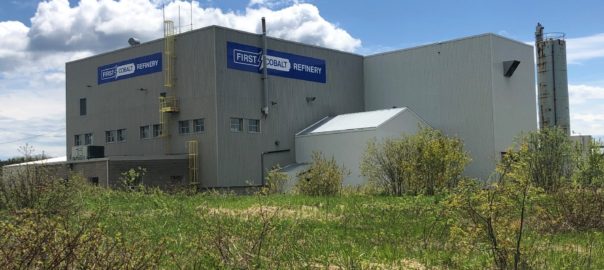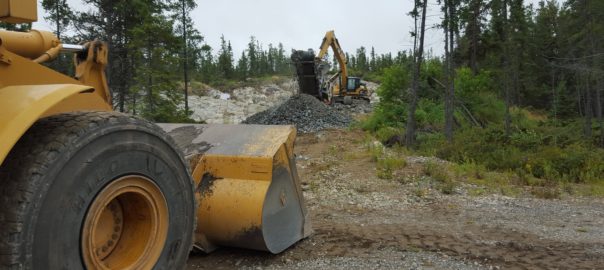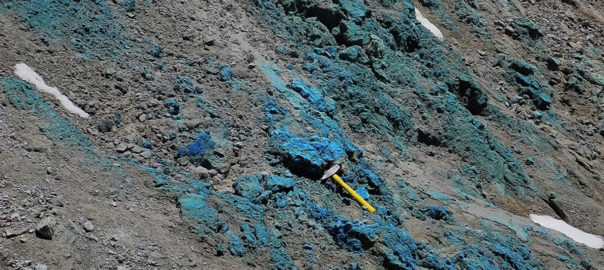First Cobalt Corp says it has agreed on a term sheet with Glencore that could see the First Cobalt Refinery in Ontario, Canada, recommissioned as early as next year.
The agreement outlines a non-dilutive, fully funded, phased approach to recommissioning the refinery remains subject to several conditions, First Cobalt said.
The First Cobalt Refinery is a hydrometallurgical cobalt refinery in the Canadian Cobalt Camp, a cluster that was historically mined for primarily silver, but is now being evaluated for cobalt. It is the only permitted primary cobalt refinery in North America, according to the company.
Phase 1 of this term sheet entails a $5 million loan from Glencore to support additional metallurgical testing, engineering, cost estimating, field work, and permitting associated with the recommissioning of the refinery. Within this amount is funding for a definitive feasibility study for a 55 t/d refinery expansion.
Phase 2 envisions commissioning the refinery at a feed rate of 12 t/d in 2020 to produce a battery-grade cobalt sulphate for prequalification for the electric vehicle supply chain, while Phase 3 involves an expansion of the refinery to a 55 t/d rate by 2021. This uses the current site infrastructure and buildings, and was detailed in a previous report by Ausenco, which estimated that First Cobalt could produce 5,000 t/y of contained cobalt in sulphate assuming cobalt hydroxide feed grading 30% cobalt.
The total capital investment under the three phases is estimated at around $45 million, with Phases 2 and 3 remaining subject to the findings of the studies undertaken during Phase 1, First Cobalt clarified.
Trent Mell, First Cobalt President & Chief Executive Officer, said: “Transitioning to cash flow as a North American refiner is our primary focus and today’s news demonstrates that we are moving closer to achieving that objective. Glencore has been supportive throughout the process and we look forward to working closely with their technical team on a successful execution.
“This partnership will help First Cobalt achieve its stated objective of providing ethically-sourced battery-grade cobalt for the North American electric vehicle market. An operating refinery in North America can benefit all North American cobalt projects, as it significantly reduces the capital cost of putting a new mine into production.”
The framework follows a memorandum of understanding signed by the companies back in May.
First Cobalt will also enter into a services agreement with XPS – Expert Process Solutions, a Sudbury-based metallurgical consulting, technology and testing facility affiliated with Glencore, in order to provide technical support to the First Cobalt team. A tendering process is nearing completion to designate lead third-party firms to oversee advanced metallurgical testing, the feasibility study and permitting, First Cobalt said.









